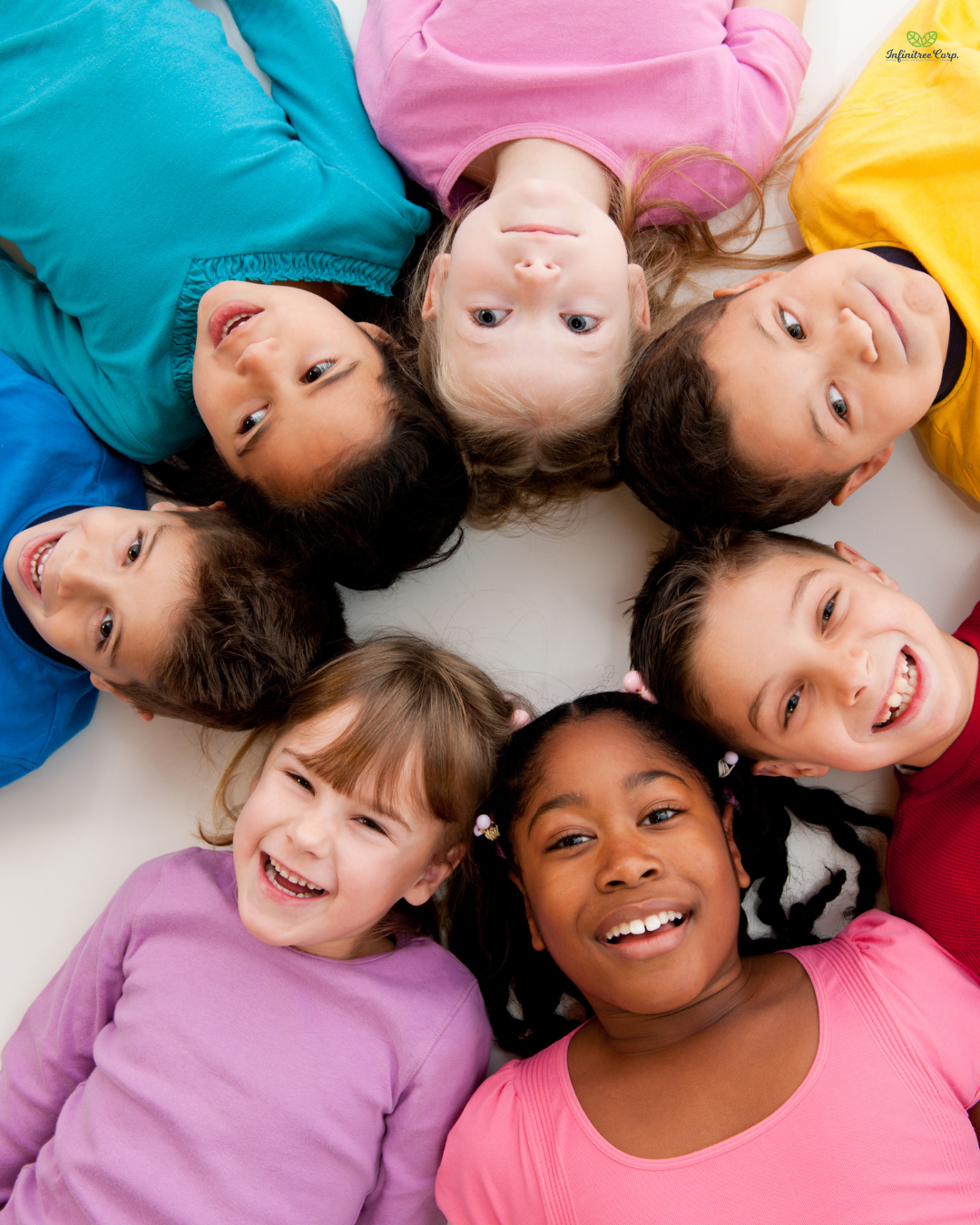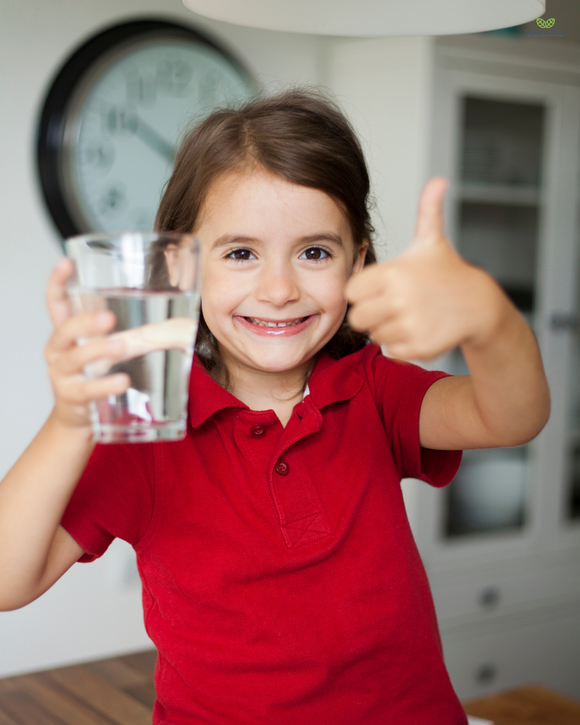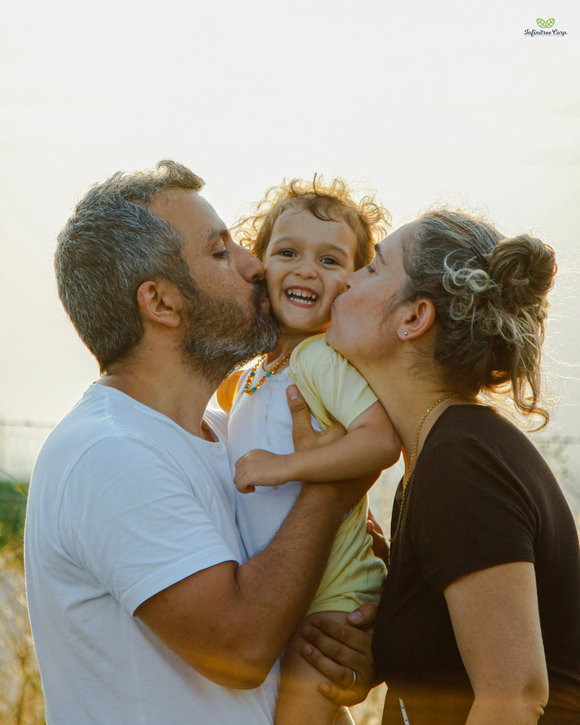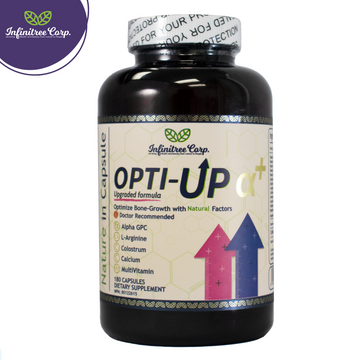
Gratitude Practices for Growing Minds and Bodies
InfinitreeEditor.Jo
The 2-Minute Ritual That Changed Our Evenings
On a hectic Wednesday, my daughter and I were racing through homework, hockey bag packing, and dinner dishes. She looked tense; I felt the same. Before lights-out, I tried something new:
“Name one thing that made today better.”
She whispered, “Coach let me try defense. I was scared, but it was fun.” We added, “one person to thank” and “one tiny win”. Two minutes—no more. After a week of this mini gratitude ritual, she fell asleep faster, woke up brighter, and stopped fixating on “not growing fast enough.” Our growth chart didn’t jump overnight, but her sleep, appetite, and confidence did—which are exactly the conditions growing bodies need.
Stress Steals from Growth
Parents nail the big three—nutrition, movement, and sleep—yet overlook the quiet saboteur: chronic stress. Kids today juggle school load, screens, social pressure, and sports schedules. When stress lingers:
-
Cortisol stays elevated in the evening, making it hard to fall asleep and stay asleep.
-
Deep sleep fragments—right when growth hormone normally peaks.
-
Appetite swings between low hunger and sugar cravings, undermining nutrient quality.
-
Motivation dips, reducing bone-loading play (jumps, sprints, skating) that strengthens growing skeletons.
Telling kids to “calm down” rarely works. They need a repeatable practice that nudges their nervous system toward “rest-and-digest.” That’s where gratitude shines: it’s portable, free, and surprisingly powerful.
Scientific Basis: Why Gratitude Helps Bodies Grow
(No expert quotes—just clear physiology explained simply.)
1) Gratitude → Lower Evening Stress
When children name what went right (even something tiny), the brain shifts attention from threat to safety. That reduces stress arousal and helps the parasympathetic system take the lead—key for winding down.
2) Better Sleep Architecture
A calmer mind shortens sleep latency (time to fall asleep) and reduces night-wakings. Consolidated deep sleep means more efficient growth hormone pulses and tissue repair—bones, muscles, and connective tissues benefit.
3) Mood, Motivation, and Movement
Gratitude builds self-efficacy (“I can do hard things”). Kids who feel capable are more likely to practice, play, and load their bones, which improves density and posture through growth spurts.
4) Appetite Rhythm & Digestion
Lower evening stress supports steadier hunger cues and digestion. That means better use of the calcium, protein, vitamin D, magnesium, zinc, collagen, and amino acids that growing bodies need.
Bottom line: Gratitude won’t “add inches,” but it optimizes the internal environment—stress, sleep, appetite, motivation—so height potential can express more fully.
Make Gratitude Tiny, Concrete, and Fun
Skip long diaries. For kids, short + specific + consistent wins. Aim for 2–5 minutes in the evening and a 30–60 second morning check-in. Blend gratitude into routines you already have (dinner, toothbrushing, lights-out).
Five Kid-Friendly Gratitude Formats
-
The 3G Nightcap (2 minutes)
-
Good thing: one moment that felt nice
-
Gratitude: one person/ability to appreciate
-
Go-forward: one tiny intention for tomorrow (“Pack water bottle”)
-
-
Gratitude Jar
Keep a jar and paper slips in the kitchen. Each night, add one note (“Grandma’s soup,” “Nailed my layup”). Read a handful on Sundays. -
Thank-You Note Swap
Once a week, kids write a 2-sentence thank-you (to a coach, sibling, teacher). Handwritten if possible, or a sticky note on a lunchbox. -
Gratitude Walk (10 minutes)
After dinner, name what you notice and appreciate: the sky color, warm mittens, strong legs. Pairing movement + gratitude doubles the calm. -
Photo-Gratitude
One phone photo of “something I’m glad for” each day—pets, teammates, a favorite snack. Print a mini collage monthly.
Action Steps: Your 14-Day Gratitude-for-Growth Plan
Week 1 — Build the Habit (Consistency over perfection)
Day 1–2: Pick your format (start with 3G Nightcap). Choose a fixed time: right after toothbrushing or lights-out.
Day 3–4: Add a breathing cue: 3 slow breaths before the first “G.”
Day 5–7: Tie gratitude to sleep setup: dim lights, cool bedroom (18–20°C), screens off; then 3G Nightcap.
Evening template (post on the wall):
-
Good thing: __________
-
Gratitude: ____________
-
Go-forward: ___________
Week 2 — Link Gratitude to Food, Movement, and Sleep
Day 8–9: Gratitude + Fuel
Add one line: “Fuel I’m grateful for today” (yogurt, beans, milk, greens, salmon, berries). This reinforces nutrient awareness.
Day 10–11: Gratitude + Movement
Add: “My body did…” (10 jumps, recess soccer, stairs, skating). Praise effort, not just results.
Day 12–13: Gratitude + People
Write a note or voice memo to thank someone who helped you practice or learn.
Day 14: Celebrate
Read the week’s notes. Circle three wins. Set a fresh Go-forward for next week.
Practical Tools That Make Gratitude Stick
A) The “Growth Loop” Card
Create a postcard with this circle in simple icons:
Gratitude → Lower stress → Better sleep → Growth hormone rhythm → More energy → More play → More to be grateful for.
Tape it to the fridge or inside a journal.
B) The 1-Minute Morning
-
Word of the day: Calm / Curious / Brave / Grateful
-
One act of kindness you’ll do
-
Water first, then breakfast (hydration supports mood and attention)
C) Family Scripts (Steal These)
-
“Let’s name one small win from today.”
-
“Who helped you grow today?”
-
“What did your body do well today?”
-
“What’s one tiny step you’ll try tomorrow?”
D) Troubleshooting
-
“My child hates writing.” Use checkboxes or draw an emoji. One word counts.
-
“We forget on weekends.” Keep time within ±60 minutes of weekdays.
-
“Kids say gratitude feels cheesy.” Keep it concrete (“Coach stayed late,” “New boots are warm”). Specific > vague.
Sample Daily Rhythm (School Day + Practice)
| Time | What to Do | Why It Helps |
|---|---|---|
| 7:00 | Water + breakfast | Hydration & steady energy set the tone |
| 8:00–3:00 | School + recess | Natural movement, social support |
| 3:30 | Snack (protein + complex carbs) | Fuels practice; stabilizes mood |
| 5:00 | Practice/play | Bone-loading movement for growth |
| 6:30 | Dinner (veg + grains + protein + calcium source) | Building blocks for bones & repair |
| 7:30 | Gratitude walk (10 min) | Wind-down + positive attention shift |
| 8:00 | 3G Nightcap + 3 breaths | Lower stress, prime deep sleep |
| 8:30–9:00 | Lights down (cool, dark, quiet room) | Where growth hormone peaks |
Where Opti-Up Alpha Plus Fits
Gratitude sets the mind-body state; consistent nutrition supplies the materials. To keep growth nutrients reliable through busy seasons, many families add Opti-Up Alpha Plus to breakfast:
-
L-Arginine — supports natural growth-hormone pathways
-
Hydrolyzed Collagen — joints, tendons, connective tissue
-
Calcium Citrate + Vitamin D3 + Magnesium — bone formation & mineralization
-
Zinc + B Vitamins — metabolism, appetite, energy
-
Colostrum & L-Glutamine — gut and immune support
Manufactured in Canada in a GMP-certified facility; Health Canada NPN 80122615.
Simple rhythm: Morning water → breakfast → Opti-Up Alpha Plus. Evening gratitude → calm sleep. Repeat.
Gratitude Prompts Kids Actually Answer
-
“One thing that made me smile today was…”
-
“My body helped me by…”
-
“Someone I’m thankful for today is…”
-
“A tiny win I’m proud of…”
-
“Tomorrow I’ll support my body by…”
-
“A food that helped me grow today…”
-
“I’m grateful I tried…”
Mini FAQ for Parents
Does gratitude really affect growth?
Not directly. But it reduces stress, improves sleep, and supports better habits—which are vital to height, bone strength, and recovery.
Morning or night?
Both works. Evening helps sleep; a 1-minute morning sets tone (and reminds kids to hydrate and fuel well).
What if my child is very anxious?
Keep entries tiny and predictable. If stress feels overwhelming, speak with a healthcare professional; journaling is a tool, not a diagnosis.
Conclusion & CTA: Grow What You Want to See
Gratitude is not just “nice”—it’s a practical, physiological lever that supports the growth environment: calmer nights, steadier appetite, more movement, and a resilient mindset. Start small and keep it fun.
Try it tonight: three breaths, one good thing, one gratitude, one go-forward.
Tomorrow morning: one kind word, water first, breakfast, and Opti-Up Alpha Plus with the meal.
Repeat for 14 days—and watch your child’s mood, sleep, and follow-through rise, one page at a time.
Disclaimer: This article is for informational purposes only and does not replace medical advice. Please consult your child’s healthcare provider before changing routines related to sleep, stress practices, training, or supplements.




